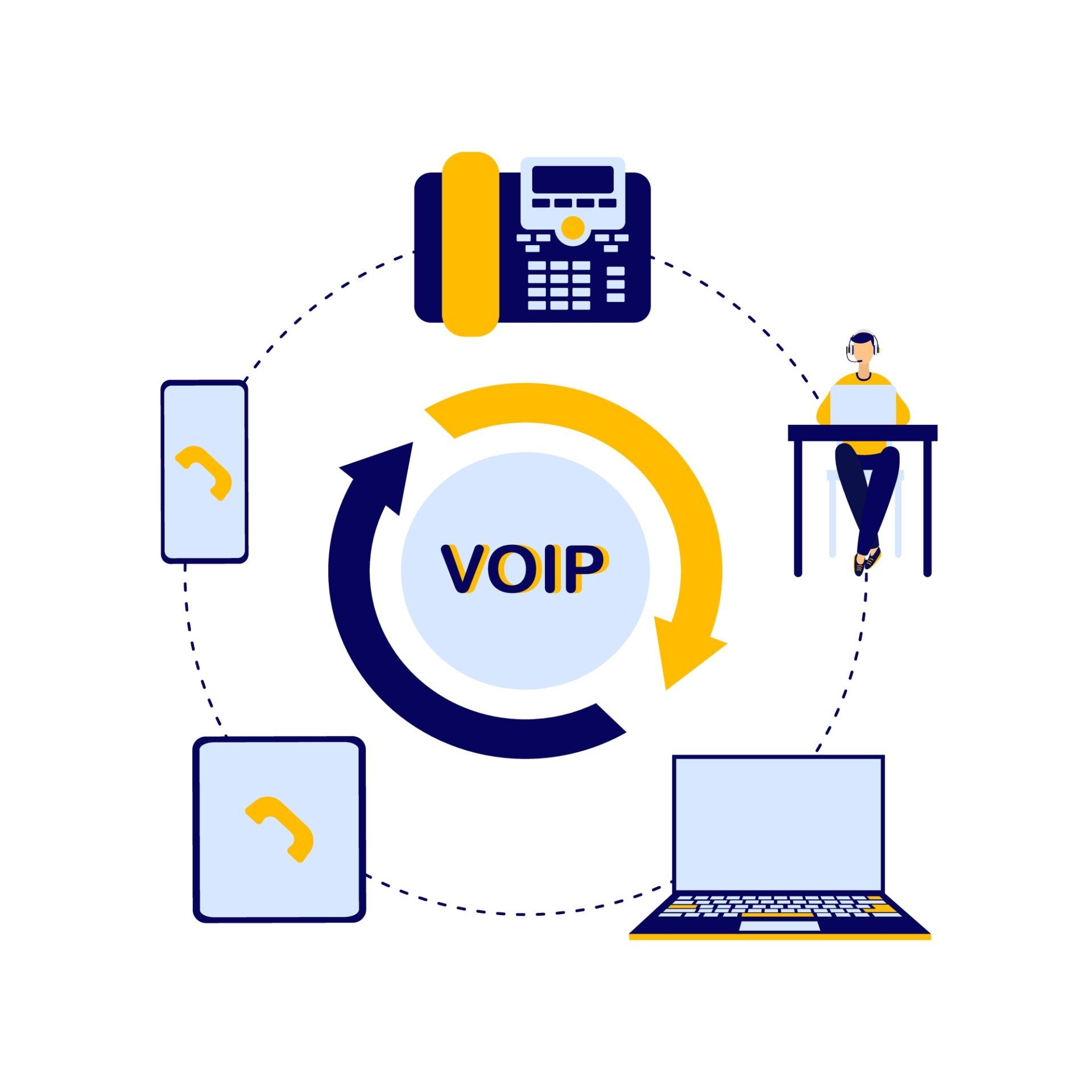TeliDesk offers free personalized call flow training.
Flow diagrams are visual representations of how calls move from initiation to completion. Configuring a phone system requires a call flow diagram for several reasons:
- An understanding of communication paths is made easier with a call flow diagram. It explains how calls move through different components, including IVR (Interactive Voice Response), call queues, and voicemail.
- Call flow mapping identifies potential bottlenecks, points of failure, and areas where call routing might not be optimal. Using this method can assist in troubleshooting and improving communication.
- Designing a system that provides a positive user experience begins with understanding the call flow. By routing calls promptly, you can reduce wait times and improve customer satisfaction.
- Call flow diagrams enable you to customize the phone system for your business. A call flow can be designed to provide a customized experience based on the type of call.
- Call handling and data security may be regulated in certain industries. The call flow diagram ensures that the phone system complies with these regulations, ensuring a secure and legally compliant communication environment.
- Call flow diagrams are useful for training and documentation. They assist new employees in learning how the phone system works. In addition, it serves as documentation for ongoing reference.
- Businesses may require different communication needs as they grow. Call flow diagrams help businesses plan and scale better, anticipating and accommodating changes in call volume.
As a visual representation of all communication processes, call flow diagrams assist in troubleshooting, enhance user experience, ensure compliance, and facilitate system customization and scalability.

The difference between an IP phone, softphone, WebRTC, and an analog adapter lies in their form and function. An IP phone is a physical device that uses the internet for calls, a softphone is a software application allowing voice and video calls, WebRTC is an open-source project enabling real-time communication within web browsers, and an analog adapter bridges traditional phones to VoIP networks. Each technology offers unique features, from hardware connectivity to software flexibility, catering to diverse communication needs




